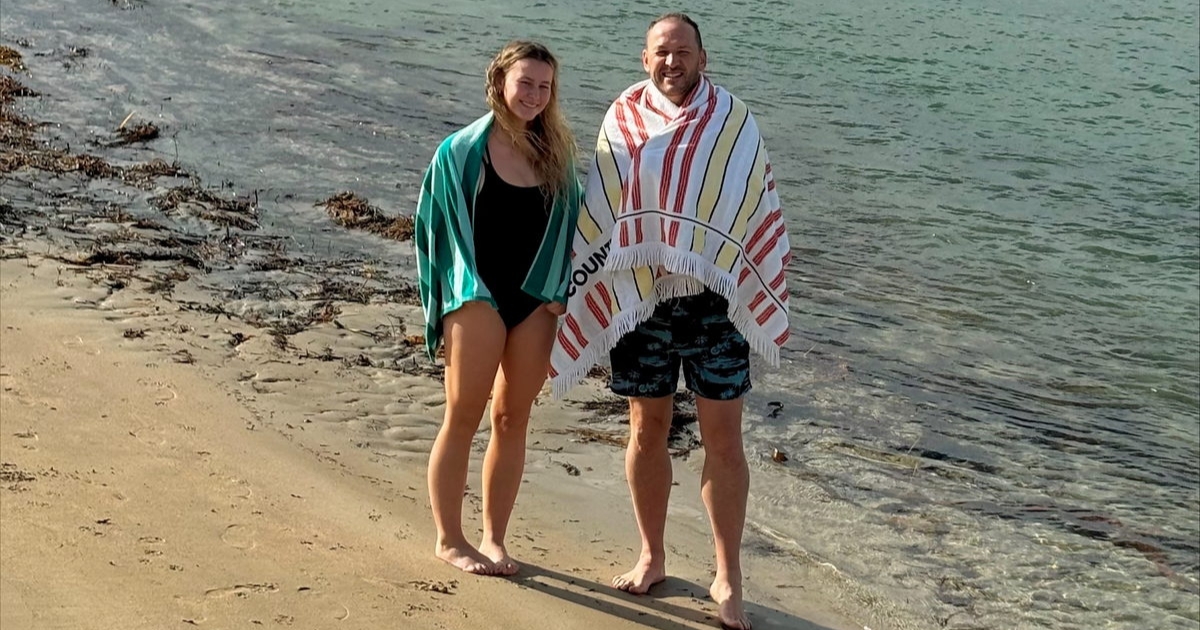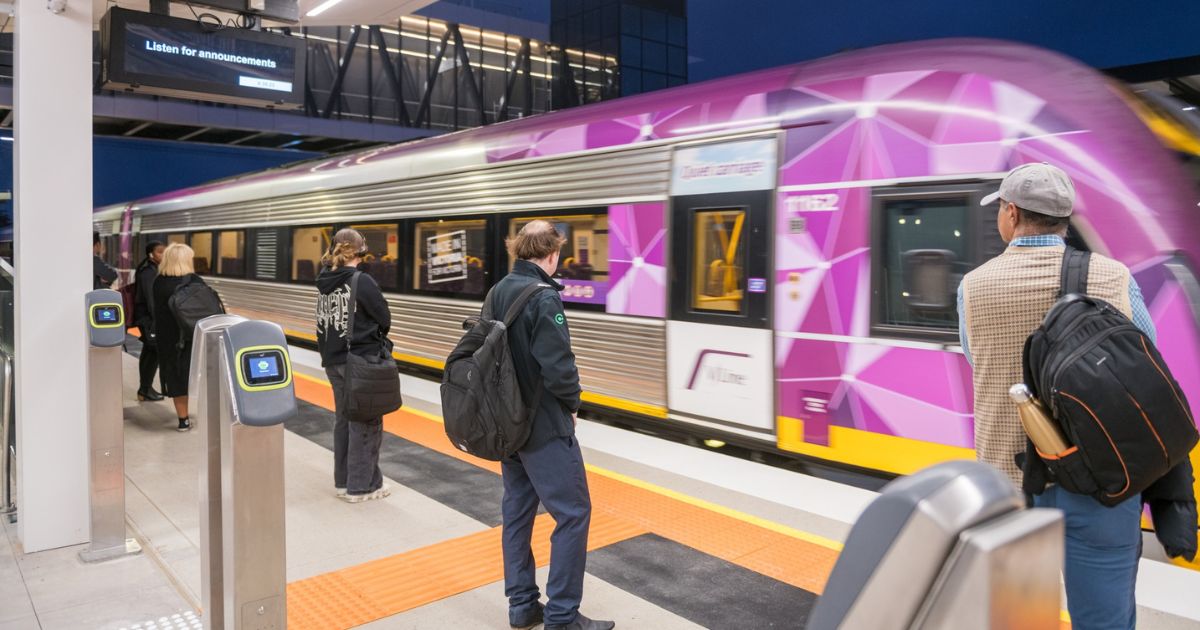Green groups inspect gas terminal plans

Viva Energy has released environmental impact reports for its planned floating gas terminal at Corio Bay. Photo: SUPPLIED.
ENVIRONMENT Victoria is recruiting volunteer scientists to scrutinise a Viva Energy impacts report on its floating gas terminal project, amid claims the company has declared just a fraction of its projected greenhouse gas output.
The state advocacy group has called out for current and retired experts to review technical data released by Viva in an Environmental Effects Statement (EES) and inform its submission against the terminal.
The Victorian Government announced in December 2020 that the terminal project would be subject to an EES process, which would “ensure the project will have minimal impacts on Corio Bay’s unique marine environment”.
The Floating Gas Terminal would see construction of a 300-metre facility for conversion and storage of liquified gas in Corio Bay, including a 570-metre pier extension and seven-kilometre pipeline, to avoid predicted gas shortages as Australia transitions to renewable energy.
Viva, in conjunction with the Victorian Department of Environment, Land, Water, and Planning (DELWP), released an EES for public exhibition last week.
The public has 30 business days from its February 28 release to examine the documents that total more than 13,000 pages.
Environment Victoria acting campaigns manager Greg Forsyth said independent oversight of ESS through the submissions process was vital to ensure its credibility.
“The process has an inherent conflict of interest because (the proponent is) the one commissioning the research, and it’s their assumptions being tested,” Mr Forsyth said.
“As a small charity, and the local community, we don’t have as much money as Viva so we rely on volunteer experts to read through different parts. It’s too long for a single person to read through in the 30 days that we have.
“It’s important because this is the only time the Geelong community will get to have a say on this proposal, and they need all the information in front of them.”
Environment Victoria has accused Viva of significantly underreporting carbon emissions by failing to include projections for transport emissions related to its project.
Viva estimated the terminal would produce 47,906 tonnes of carbon dioxide equivalent (t CO2-e) each year in its most efficient projection, but an appendix to its greenhouse gases technical report predicts an emissions range of 165,500 to 553,400 tonnes for transportation of gas.
The projection’s upper limit, based on a scenario of sourcing gas from Qatar, is 12.5 times higher than the reported figure caused by Viva’s assets.
The company defended the transparency of its report and said all studies and data produced during the EES process was contained in the report for public scrutiny.
Viva said the procedure required it to only account for direct and indirect emissions caused by construction and operation of the terminal, not “Scope 3” emissions which include other related activities outside of its control.
“As our proposed project is a terminal operation only, the users of the terminal – not Viva Energy – would select the sourcing location of the gas and as such these are not considered Scope 3 emissions of the terminal,” a Viva spokesperson said.
The company said its customers who use the terminal would ultimately be responsible for emissions produced during transportation.
Viva said it had committed to offsetting emissions caused by Scope 1 and 2 emissions of the terminal, which it estimated to be 45,944t CO2-e each year in a best-case scenario.
Meanwhile, the state government said it will appoint a committee to advise on the EES and conduct its public hearings.
The planning committee would arrange hearings for public submissions, likely starting in late June, and site inspections for the proposal before providing its environmental advice on the statements.
The EES is available on Viva’s website or at Corio, Geelong and the Victoria State libraries.
Viva will also field question at its community hub at Corio Village on Thursday afternoons until the submission deadline, at live online chats on Tuesdays and hosted a webinar last week.
Submissions close on April 11.

















